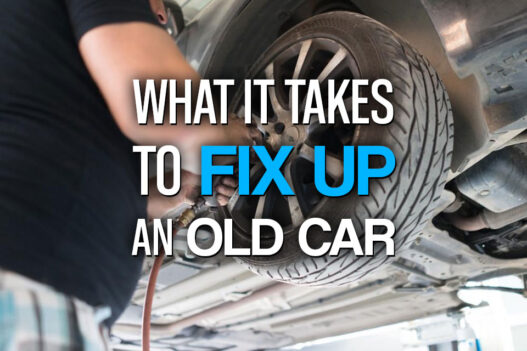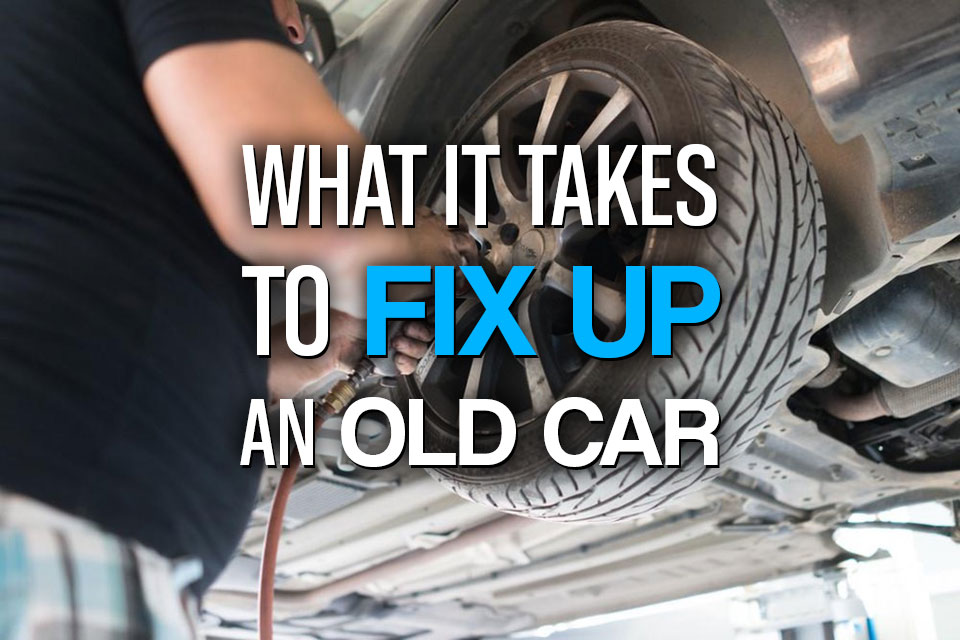Reviving an aging vehicle can be a rewarding venture for enthusiasts and everyday drivers alike. However, the total expenses to fix up an old car often extend well beyond a simple parts purchase.
From initial diagnostics to specialty finishes, multiple cost factors contribute to the final bill. Understanding each of these components can help you budget appropriately and avoid unwelcome surprises.
Below, we'll outline the key cost centers involved in restoring an old car, highlighting industry insights and average price ranges for each stage of the process.
Inspection and Diagnostic Fees
The very first step in any restoration project is a thorough inspection. A qualified mechanic will assess engine performance, suspension integrity, brake condition, and electrical systems to identify hidden issues. Diagnostic scanners and manual testing both require specialized expertise, which typically runs between $100 and $200 per hour. These fees cover labor, equipment usage, and detailed reporting. Investing in a comprehensive inspection early can save money by catching minor problems before they evolve into major repairs.
Replacement Parts Costs
Once you know what needs fixing, replacement parts become a primary expense. Costs vary widely depending on make, model, and rarity of components. Common items, such as brake pads, filters, and hoses, can be relatively inexpensive, while items like alternators or engine gaskets may cost several hundred dollars each. According to ConsumerAffairs, the U.S. auto parts sector employed over 587,000 workers as of January 2024, reflecting the enormous scale and complexity of available parts and distribution networks. Prioritize genuine or OEM components for critical systems, even if they are more expensive, to ensure reliability and longevity.
Labor Expenses
Labor often represents the largest single line item on your invoice. Skilled technicians charge hourly rates that range from $75 in smaller towns to over $150 in metropolitan areas. Complex tasks like engine overhauls or transmission rebuilds can demand dozens of labor hours. Remember that specialized skills—such as welding, machining, or electronic calibration—often carry premium rates. Factor in potential overtime or rush charges if you need expedited work, as these can add 20–30% to standard labor costs. Always request a detailed labor estimate and ask for breakdowns by task.
Salvage and Rare Components
Sometimes, the exact replacements for rare or out-of-production parts can only be sourced from salvage yards or specialty suppliers. Scouring these outlets for a usable engine block, classic trim pieces, or original badges may require outreach to multiple facilities. According to the Rhode Island Department of Environmental Management, more than 11 million vehicles are scrapped in salvage yards each year, creating a vast but variable marketplace for recycled components. While salvage parts can reduce costs, be prepared to pay restoration fees for refurbishing and testing reclaimed items before installation.
Sourcing Salvage Components
After identifying potential salvaged parts, additional expenses emerge. You may incur shipping fees for cross-country deliveries or travel costs if you visit larger “auto graveyards” in person. Some parts need reconditioning—such as blasting, coating, or machining—to meet safety and performance standards. Budget 10–20% of the part's listed salvage price for these refurbishing services. Additionally, plan for return shipping or disposal fees if a part proves unusable upon arrival, ensuring you're not left shouldering the full cost of trial-and-error sourcing.
Restoration Finishes and Customization
A fresh coat of paint or a custom wrap can transform an old car, but aesthetics come at a price. Basic repainting jobs start around $2,000 for single-stage enamel with minimal prep work. More elaborate multi-stage clear coats or color-shifting pigments can run $5,000 and up. For those considering vinyl wraps as an alternative, costs will depend on material quality and coverage area. According to Precedence Research, the global market for automotive wrap films grew to $8.47 billion in 2024, underscoring their growing popularity as a cost-effective customization option. Factor in installation labor and design fees when budgeting.
Contingency Planning for Unexpected Repairs
Despite meticulous planning, surprises happen. You may discover hidden rust, warped body panels, or electrical gremlins once disassembly begins. It's prudent to set aside an additional 15–25% of your total projected budget for such contingencies. This buffer covers emergency part orders, extra labor hours, or specialist consultations. By anticipating these overheads, you avoid pausing the project midstream due to funding shortfalls and maintain momentum toward completion.
Reviving an old car involves a layered investment across diagnostics, parts, labor, salvage sourcing, and finishes. By breaking down each cost category—and building a contingency fund—you can approach your restoration with confidence and fiscal control. Armed with realistic estimates and reliable industry data, you'll be better prepared to navigate the complexities of fixing up a classic ride and enjoy the satisfaction of driving a vehicle brought back to its former glory.
The post Breaking Down the Costs: What it Really Takes to Fix Up an Old Car appeared first on MoneyMiniBlog.



















